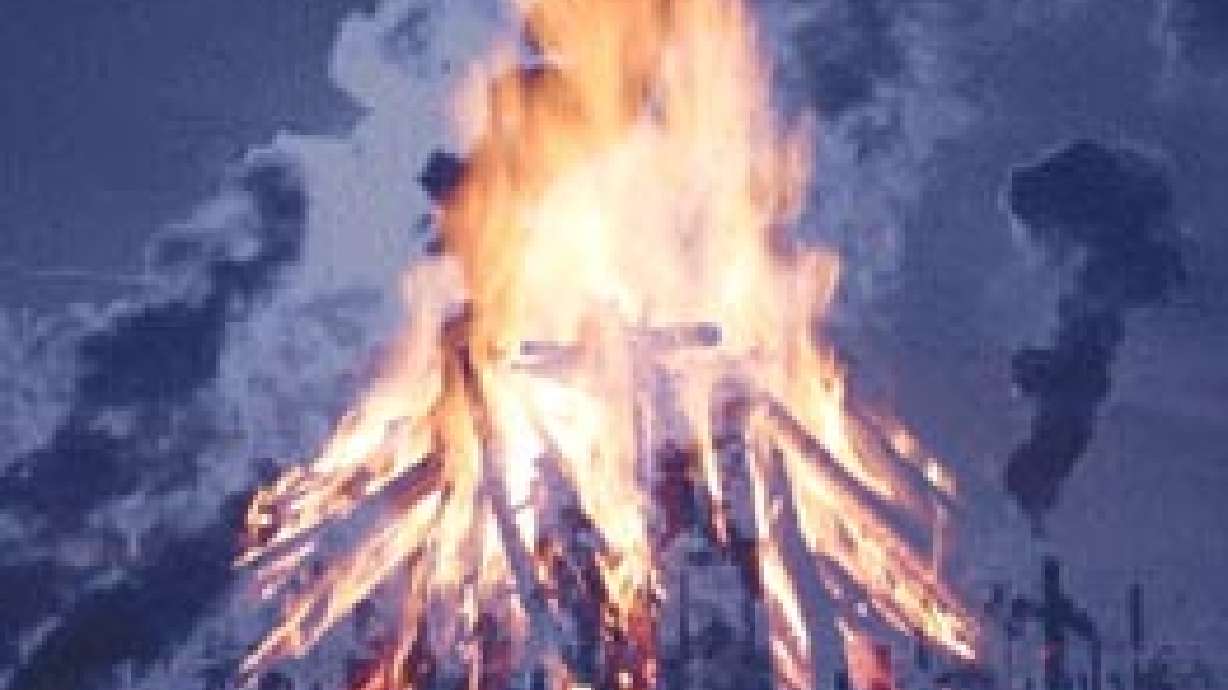Estimated read time: 2-3 minutes
This archived news story is available only for your personal, non-commercial use. Information in the story may be outdated or superseded by additional information. Reading or replaying the story in its archived form does not constitute a republication of the story.
LOGAN, Utah (AP) -- Cache County is seeking to cut pollution and avoid federal sanctions for the smog that's expected to return in winter to this mountain basin.
Residents, ad-hoc committees and local government agencies have widened their response after each hazy fog of particulate matter settles over the valley. They have appealed for people to curb driving, shut down wood-burning stoves and reduce chemical use at farms and ranches.
Cache Valley is fighting a reputation for having some of the nation's dirtiest winter air and could fall under federal regulation if things don't improve.
"This is a long-term problem," said Dr. Ed Redd, medical director at the Bear River Health Department. "This is not going away in the next five years by some magical formula. So we need a long-term solution."
One discovery has given health officials and Utah State University researchers reason for hope. In a multiyear study of the smog trapped by temperature inversions, they demonstrated that vehicle emissions can be the biggest culprit.
Last week, Redd outlined a survey showing connection between concentrations of particulate matter and the number of vehicle miles driven per day in the valley. On Sundays particulate levels average about 12 micrograms per cubic meter, less than 16 micrograms per cubic meter for other days of the week.
"We've always told people not to drive their cars. Now we can prove it," said Redd. "What this really means is that as Cache County continues to grow, if were going to have clear air and work toward air quality, we have to consider (driving) as part of the problem."
Just two days of levels over 63.4 micrograms per cubic meter this year, or eight days over 32 micrograms next year, could trigger Cache Valley's "nonattainment" status.
But a mandatory emissions testing program is unlikely as Cache County scores points for effort with the EPA, delaying penalties as long as progress continues to be made.
"Its going to be hard, but not as hard as I thought," said Logan Mayor Doug Thompson.
------
Information from: The Herald Journal, http://www.hjnews.com









